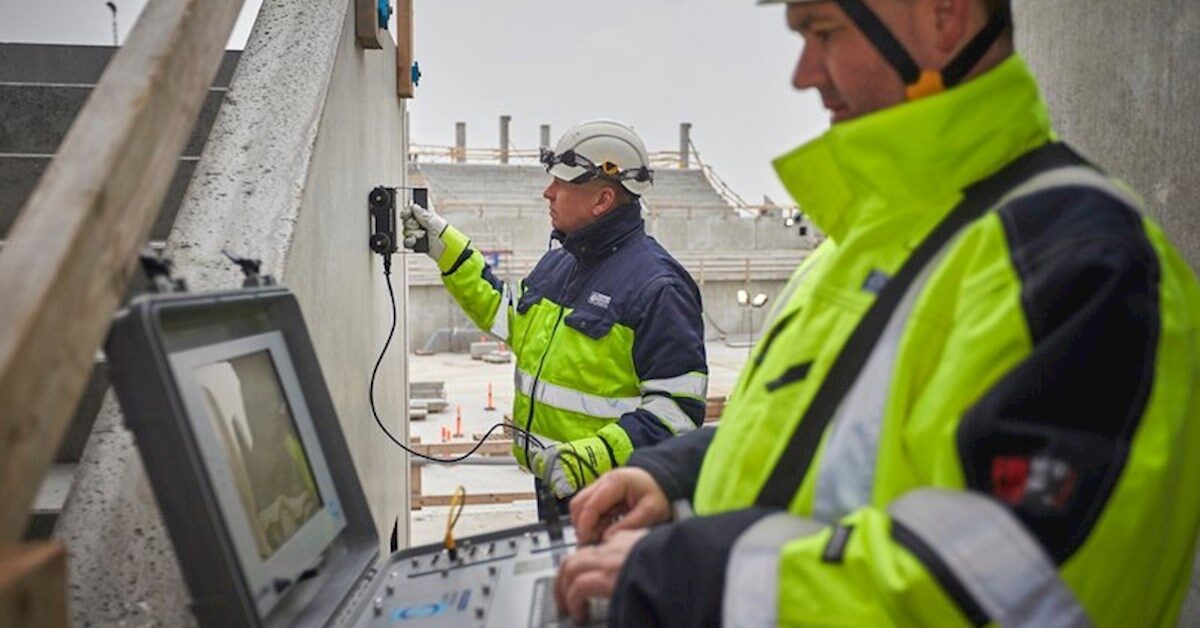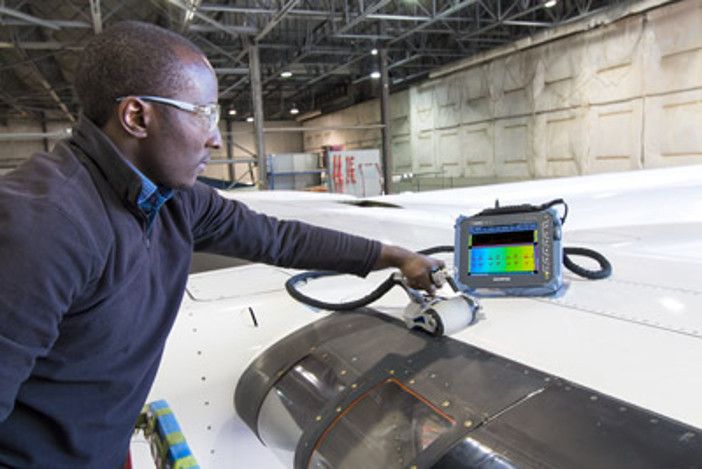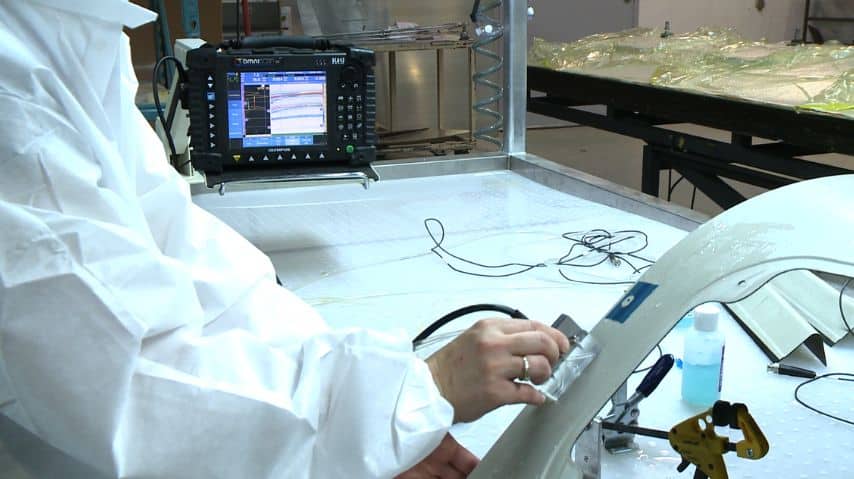
Introduction to Ultrasonic Probes
In the realm of non-destructive testing, the debate between high frequency vs low frequency ultrasonic probes is quite significant. These probes are essential tools in industries requiring precision and reliability. Their applications range from medical diagnostics to industrial inspections. Understanding the differences between these two types of probes can greatly enhance the accuracy and efficiency of inspections.
What Are Ultrasonic Probes?
Ultrasonic probes are devices that employ sound waves at frequencies higher than the audible range for humans to detect flaws or changes in material properties. These probes are critical in quality assurance processes across various industries. The choice between high and low frequency probes depends largely on the specific requirements of the inspection task.
High Frequency Ultrasonic Probes
High frequency probes operate at frequencies typically above 2 MHz. These probes are known for their ability to provide detailed images of small defects. This makes them ideal for applications requiring high resolution and precision, such as in medical imaging and in the inspection of thin materials.
High frequency probes excel in detecting small surface flaws but have limitations in penetration depth. They are most effective in materials that are thin or have fine structures. For more on optimal frequency settings, you can refer to Optimal Frequency for Crack Detection.
Low Frequency Ultrasonic Probes
Conversely, low frequency probes generally operate below 2 MHz. These probes are advantageous when inspecting thicker materials or requiring deeper penetration. They are often used in industrial applications where detecting flaws deep within a structure is necessary, such as in the inspection of large-scale infrastructure.
While low frequency probes offer greater penetration, they may sacrifice some resolution compared to high frequency probes. For a comprehensive understanding of frequency settings, visit Common Frequency Settings for Ultrasonic Flaw Detection.
Applications of Ultrasonic Probes
Medical Industry
In the medical field, high frequency probes are primarily used for imaging soft tissues, like those found in ultrasound imaging. Their ability to produce high-resolution images allows for detailed examinations of organs and tissues. Low frequency probes, on the other hand, might be employed in applications requiring deeper tissue penetration.
Industrial Inspection
Industrially, ultrasonic probes are key in assessing the integrity of structures such as bridges, pipelines, and aircraft. High frequency probes are used for surface inspections, while low frequency probes are more suitable for deep inspections in thicker structures. To learn more about synchronization in inspections, you can read How Synchronization Improves Inspection Accuracy.
Choosing the Right Probe
The decision between using high or low frequency probes depends largely on the application requirements. Factors such as material thickness, desired resolution, and inspection depth are critical in making this choice. Synchronization between devices can also play a vital role, as discussed in Synchronization Between Sensors and Devices.
Calibration and Maintenance
Both types of probes require regular calibration and maintenance to ensure accurate results. Frequency calibration is particularly important for maintaining the precision of ultrasonic measurements. For more details on calibration, you can check Frequency Calibration in Ultrasonic Devices.
FAQs
What is the main difference between high and low frequency probes?
The main difference lies in their frequency range and applications. High frequency probes provide high resolution but limited penetration, while low frequency probes offer greater penetration at the expense of resolution.
Which industries benefit most from using ultrasonic probes?
Industries such as healthcare, manufacturing, and civil engineering benefit significantly from ultrasonic probes due to their non-destructive testing capabilities.
How often should ultrasonic probes be calibrated?
Calibration frequency depends on the usage and the specific industry standards. Regular calibration ensures that the probes maintain their accuracy and reliability. For more on inspection frequency, visit this article.

Conclusion
Understanding the differences between high frequency vs low frequency ultrasonic probes is crucial for selecting the right tool for your inspection needs. Each type of probe has its unique advantages and limitations, making them suitable for different applications. By carefully considering the requirements of your inspection task, you can enhance the accuracy and effectiveness of your quality assurance processes.
This article contains affiliate links. We may earn a commission at no extra cost to you.
